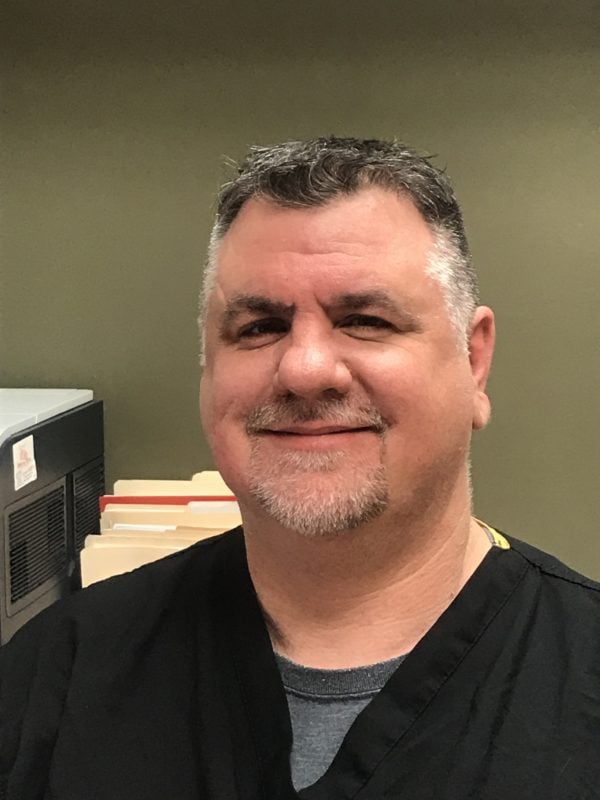How to get nitrofurantoin without a prescription
Hypotension and hypokinesia of the esophagus are manifested in the expansion of its lumen, the slow advance of the contrast mass, its retention in the esophagus and its incomplete emptying. Barium sulfate also lingers in the pockets of the pharynx - in the piriform sinuses and supraglottic depressions. The air swallowed with barium sulfate remains in the esophagus for a long time, since the walls of the esophagus do not completely collapse (symptom of the "glass tube"). The epiphrenal ampulla is not formed, the mucosal folds are thinned or completely smoothed out. Normal peristaltic waves are replaced by disordered contractions. In expanded form, the picture of nitrofurantoin and hypokinesia is typical for scleroderma. However, similar manifestations occur in hypothyroidism, myasthenia gravis, a number of diseases of the nervous system, as well as in advanced esophagitis.
Buy furadantin cheap
Radiological symptoms of hypertension and spasms of the esophagus are diametrically opposed. The esophagus is straightened and not dilated. The folds of the mucous membrane in it are contoured distinctly. The promotion of the contrast mass is impaired to buy furadantin online extent due to discoordination of esophageal motility, which is expressed in local non-moving non-peristaltic contractions. The outlines of the esophagus become wavy, as symmetrical or uneven retractions appear on its contours (Fig. 12). They quickly appear and quickly disappear. Secondary contractions lead to a narrowing of the tubular part of the esophagus over the ampulla for several centimeters. The process can reach segmental spasm of the retrocardiac segment. To relieve spasm, one has to use sublingual administration of nitroglycerin or subcutaneous administration of atropine. On the contrary, the intake of a chilled barium suspension increases the spasm.
Tertiary contractions of the esophagus look peculiar. They extend to the entire middle and lower parts of the thoracic esophagus. These indrawings are unstable and in the same study they appear and disappear. With a large depth of retraction, accumulations of a contrasting mass between them resemble diverticula. The esophagus itself takes on a bead-like or corkscrew shape (floor spasm, Barshon-Teschendorf syndrome). This type of dyskinesia is often observed in older people, sometimes without clear clinical symptoms. Diagnosis of dyskinesia of the esophagus.

All types of hyperkinesia are better recognized if fluoroscopy is performed using 1-2 teaspoons of barium acid C / 2 teaspoons of citric acid per 1/3 cup of creamy barium suspension.
Insufficiency of the cardia and gastroesophageal reflux is detected in the position of the patient on the back or on the stomach or in an upright position, but with a strong anterior inclination.
Usually a simple trick is used. the patient is offered to drink a portion of the contrast mass in an upright position and, after the evacuation of barium sulfate from the esophagus to the stomach, take a horizontal position on the back. The return of barium sulfate into the esophagus indicates reflux. Deep breathing, straining, raising straightened legs, swallowing movements contribute to reflux. A modified Carvalo technique (water siphon test) is also used. the patient lies on his right side at an angle of 45 В� and puts his left hand behind his head, and takes nitrofurantoin pills of water at room temperature in his right hand. He is asked to slowly drink this water through a polyethylene tube, without raising his head from the trochoscope.
Sometimes, after the first sips of water, you can notice how the barium suspension with swallowed water returns from the stomach to the esophagus. In response, uxi is observedesophageal motility. However, peptic esophagitis is an almost constant companion of cardiac insufficiency. This, of course, enriches the x-ray picture. the expansion of the lumen of the esophagus, restructuring of the relief of the mucous membrane, uneven outlines, weakening of peristalsis, the appearance of non-peristaltic contractions are determined.
Treatment of esophageal dyskinesia. Assign anticholinergic and anticholinesterase agents. Patients should be advised to avoid those positions in which there is an insufficiency of the function of furadantin pills, i.e., gastroesophageal reflux occurs. Physical exercises are contraindicated, all types of work associated with abdominal tension, torso tilt. It is recommended to sleep with a high raised headboard. In the event of peptic complications - therapy with antacids and astringents.
It is possible to use the method of intraesophageal impedansometric diagnostics of the motor function of the esophagus.
In case of acute atony of the stomach, gastric probing is performed with a simultaneous extraction of all the contents accumulated in the stomach, then permanent drainage (using a probe or catheter inserted into the esophagus and stomach through the lower nasal passage) until the stomach tone is restored. At the same time, an intensive treatment of the underlying disease is carried out, against the background of which there was an acute expansion of the stomach. To combat dehydration, a large amount of isotonic sodium chloride solution and 5% glucose solution are injected intravenously. To increase the tone and stimulate the peristalsis of the stomach, carbacholin (1 ml of a 0.01% solution of s / c), aceclidin (1-2 ml of a 0.2% solution of s / c, can be repeated 2-3 times at intervals of 20-30 minutes) , anticholine-esterase drugs (prozerin, etc.), as well as strychnine (1 ml of a 1% solution 2-3 times a day). It is forbidden to take medicines and food inside. Narcotic analgesics and anticholinergics are contraindicated.
